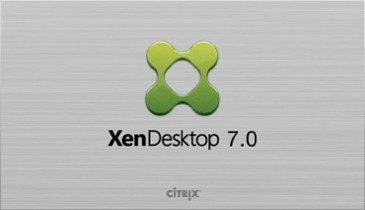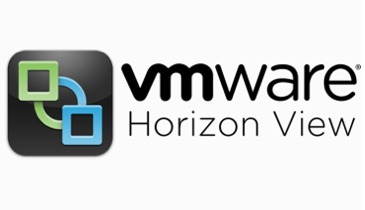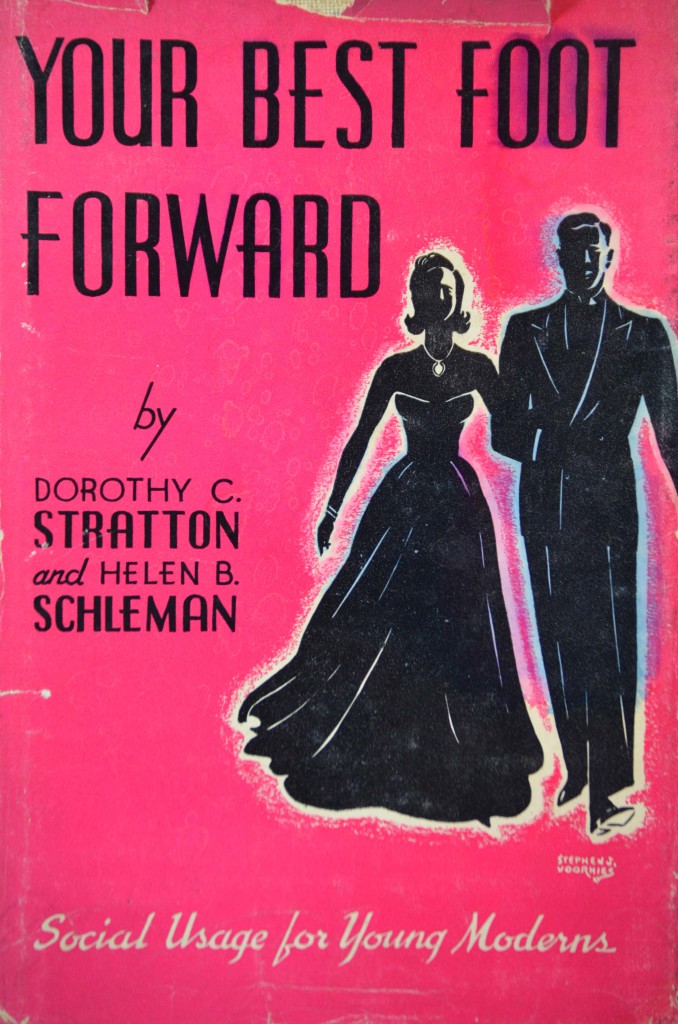When computers were first being developed it was pretty common for each individual user to not have A Guy Who Tried To Eat His Friend’s Sister in law and Got Eaten (2024)their own PC at their desk like they do today. Instead, there was a central mainframe that had all of the computing power that users accessed through what is called a thin client. Thin clients themselves have little to no computing power by themselves, but simply work as a way for a user to access the central mainframe. However, as hardware became faster, cheaper, and smaller, thin clients largely gave way to individual PCs that each user had sitting at their desk.

Interestingly, in some demographics there is currently a push to remove individual PCs and go back to using a variation of thin clients powered by a central server. The difference between the original method and the modern one is that the modern one works by providing the user with a virtual desktop that is intended to be nearly indistinguishable from a physical desktop. So even though the user just has a little thin client, it appears to them like they have the full power of a local PC. This method is currently being called Virtual Desktop Infrastructure or VDI for short.
Editor's Note:VDIs are an incredibly complex topic once you get into the fine details so we will largely be avoiding the in-depth technicalities of virtual desktops and instead focus on the basics of the technology and our experiences while using it.
In this article we will first discuss the major VDI solutions that are currently available and how Nvidia GRID works to add GPU acceleration to a VDI. Then, we will look at some of the more common advantages and disadvantages of virtual desktops. Finally, we want to give our general impressions on setting up and using virtual desktops for a variety of uses and make some educated guesses as to whether virtual desktops truly are the future of computing or if they will likely remain a niche technology.
There are many different ways to create and access a virtual desktop ranging from simply having a virtual machine with remote desktop capabilities to full desktop virtualization and streaming solutions like Citrix XenDeskop and VMWare Horizon View. Since each method is designed for slightly different applications, each method has its own unique advantages and disadvantages.
If you simply need to access a handful of virtual machines and do not need GPU acceleration then using a free solution like Microsoft Remote Desktop or TightVNC may work just fine. These options are largely free, require very little network infrastructure, and are easy to setup. You simply install your software of choice on the client and host machines and use it to connect the client machine to the host machine. The main downsides to using something like this is that you have no power control over the host machine (you can turn it off, but can't turn it back on easily), most solutions do not support GPU acceleration, it requires a full PC as the client machine, and it is not very easy to manage if you are handling a large number of users and machines since you have to manually maintain as many virtual desktops as you have users.
If you need GPU acceleration or have a large number of users, paid solutions like Citrix XenDesktop or VMWare Horizon are likely what you want. Both support multiple kinds of desktop virtualization from simple remote desktop (with power control and GPU acceleration) or using a master image that a virtual desktop can use as its base image each time it is booted.
The advantage of using a master image mostly comes into play when you have a large number of users since you only need to maintain a single OS rather than dozens or even hundreds of them. In addition, through the use of Active Directory you can make it so that it does not matter which virtual desktop a user logs into which means you only need as many virtual desktops as you have active users at one time rather than a separate desktop for each and every user.


Citrix XenDesktop and VMWare Horizon are currently the top two VDI solutions available
However, be aware that both XenDesktop and Horizon require special licensing and a decent amount of infrastructure. In addition to the client machines and virtual desktops, you also need at least two servers for Active Directory, DNS, SQL, and the Desktop Delivery Controller (XenDesktop or Horizon View) and all the licenses that go along with them.
GRID is the name of a group of video cards offered by Nvidia that are designed exclusively for use in virtualized environments. When it comes to virtualization, you can't simply put any normal video card into a server and expect it to work. First, it has to support virtualization (most often VT-D) which right away eliminates GeForce video cards. Second, it has to be able to operate properly without a monitor attached. While most Quadro cards are designed to be able to do this with proper driver support, Nvidia GRID cards are specifically made to operate without a physical monitor. In fact, they don't have any video outputs at all!
Nvidia GRID cards are also unique in that every card actually has multiple GPUs on it. This has been done before on cards like the Geforce GTX 690 and the newer GeForce GTX Titan-Z, but those are designed for the two GPUs to be used at the same time in SLI. Nvidia GRID, on the other hand, is designed for each GPU to be used individually by entirely different users.
 Dr. Zuckerstein’s Monster
Dr. Zuckerstein’s Monster
 Why We Hate Insects
Why We Hate Insects
 Three Degrees of Being Stood Up
Three Degrees of Being Stood Up
 The Morning News Roundup for May 27, 2014
The Morning News Roundup for May 27, 2014
 Who’s Afraid of the Russian Soul?
Who’s Afraid of the Russian Soul?
 The Morning News Roundup for June 4, 2014
The Morning News Roundup for June 4, 2014
 The Morning News Roundup for May 23, 2014
The Morning News Roundup for May 23, 2014
 Those who attack Elon Musk's space tweet have made a new Twitter meme
Those who attack Elon Musk's space tweet have made a new Twitter meme
 The Year History Died
The Year History Died
 The most heartwarming reunions and hugs post
The most heartwarming reunions and hugs post
 Trump’s Baby-Cager
Trump’s Baby-Cager
 The Morning News Roundup for June 4, 2014
The Morning News Roundup for June 4, 2014
 Olivia Rodrigo visits White House to encourage young people to get vaccinated
Olivia Rodrigo visits White House to encourage young people to get vaccinated
 'Quordle' today: See each 'Quordle' answer and hints for August 12, 2023
'Quordle' today: See each 'Quordle' answer and hints for August 12, 2023
 Gun Anarchy and the Unfree State
Gun Anarchy and the Unfree State
 Amazon Echo sale: Save Up to 42% on speakers, smart displays, and more
Amazon Echo sale: Save Up to 42% on speakers, smart displays, and more
 The 2021 iPad is back down to its lowest price ever
The 2021 iPad is back down to its lowest price ever
 A Rookery of Pterodactyls
A Rookery of Pterodactyls
 The Ovid of Loserdom
The Ovid of Loserdom
 Happy Birthday, Alan Hollinghurst!
Happy Birthday, Alan Hollinghurst!
The FDA just banned mint Juul podsHow to use your NFT to get access to a special Spotify playlistYouTube rolls out dubbed video feature for creators to upload multi'Gran Turismo 7' will let you race against Sony's powerhouse AIUber Eats workers keep riding in Australia's hazardous air with little supportEuropean Commission staff are banned from using TikTokYouTube rolls out dubbed video feature for creators to upload multi'Quordle' today: See each 'Quordle' answer and hints for February 23Seth Rogen knows he looks like this dog and thanks you for the compliment'Quordle' today: See each 'Quordle' answer and hints for February 20'Gran Turismo 7' will let you race against Sony's powerhouse AINew photo of Archie and Prince Harry has heartwarming backstory'Quordle' today: See each 'Quordle' answer and hints for February 24'The Pale Beyond' is a dangerous video game for dog loversStar Wars' Mark Hamill deletes Facebook, condemns Mark ZuckerbergGrimes posts new pregnancy photo after Instagram removes one with exposed nipplesBritain's bound to 'bung a bob for a Big Ben bong' because Boris and BrexitSomething Awful has shut down forum FYAD, citing 'Nazi poo poo'Apple receives patent for colorBritain's bound to 'bung a bob for a Big Ben bong' because Boris and Brexit Gabby Petito's disappearance shouldn't be an internet true crime thriller Dreamy astronomy photo winners that will take your breath away Join Costco and score a $40 Costco Shop Card to prep yourself for the fall lineup Why is everyone so disappointed with the winner of the Westminster Dog Show? How to download and save Instagram videos A fast object collided with Jupiter and blew up, space footage shows Get ready to pre Kristen Bell shared a super How much does every iPhone 13 cost? The Emmys made a support group for actors without awards: Watch Elon Musk promises Tesla owners Full Self Watch Elon Musk's Tesla Roadster disappear into deep space Zac Efron, Corbin Bleu, and Christopher Mintz 'The Lord of the Rings' movies are stunning — except for one strange shot Belgian artist Carsten Höller installs 93 The new iPad mini looks great, but it's lost one feature: The headphone jack Australia's government bans politicians from sleeping with their staff 'Plogging' is a Swedish fitness trend that combines running with picking up litter 6 details from Apple’s big iPhone 13 event that you probably missed RuPaul is now the most decorated Black artist in Emmys history
2.3168s , 10130.9921875 kb
Copyright © 2025 Powered by 【A Guy Who Tried To Eat His Friend’s Sister in law and Got Eaten (2024)】,Creation Information Network